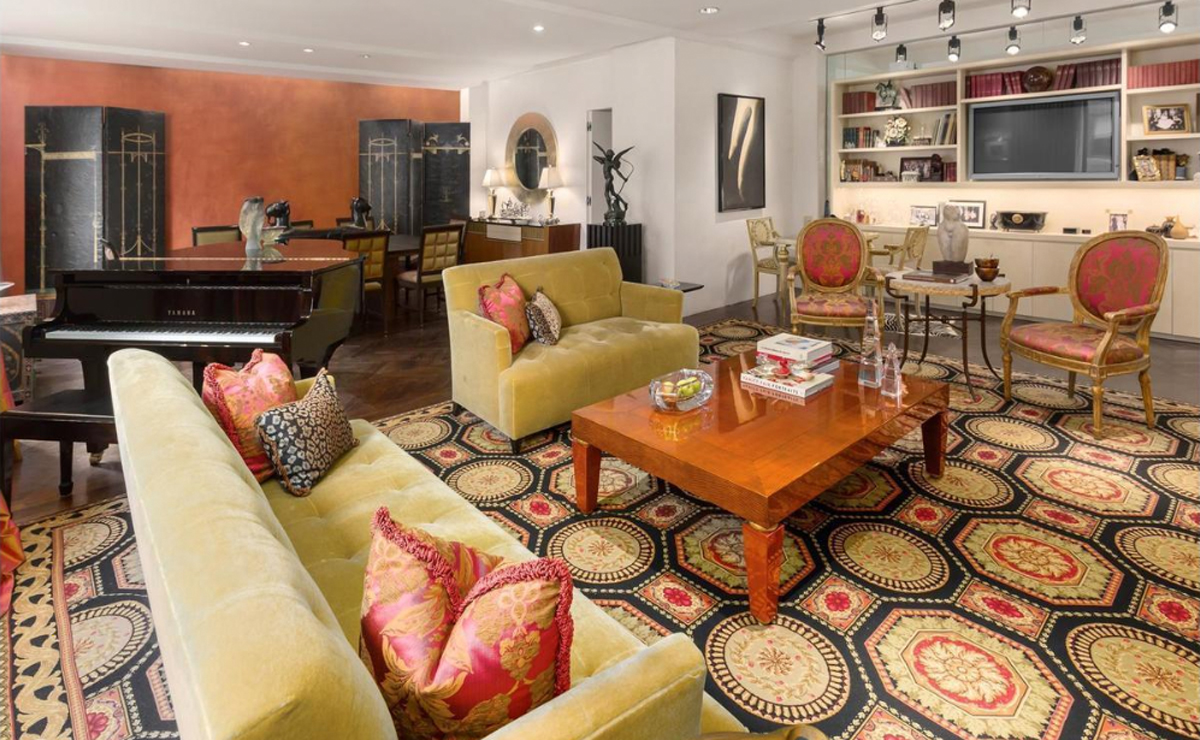Trending
Manhattan luxury home prices fell over 13% in Q1
A weekly feature bringing you the industry's latest intel

Residential
Sales | CityRealty
The total number of sales in Manhattan declined for the second month in a row, dropping by 11.6 percent to 688 transactions in March. The top building in the borough in terms of sales was 150 Wooster Street, which registered $60.4 million in deals for three units, followed by Steiner East Village at $42.2 million (19 units), Soori High Line at $32.7 million (six units) and 101 West 78th Street at $26.3 million (seven units). The most expensive sale for the month was Willis Group CEO Joseph Plumeri’s $35 million parting of his co-op unit at 995 Fifth Avenue. Read the report here.
Sales | TOWN Residential
The median sales price in Manhattan dropped 5.2 percent in the first quarter to $1,095,000. The median price per square foot, meanwhile, stayed flat at $1,400. Pressure on pricing had diverging effects for co-ops and condominiums. During the quarter, the median sales price for Manhattan co-ops rose 4.5 percent to $800,700. The price for condos went the other direction, declining by 3.5 percent to $1,650,000. Read the report here.
Sales | Corcoran
The median price for luxury homes in Manhattan dropped 13 percent year-on-year to $5.95 million in the first quarter. Downtown was the most active neighborhood in terms of luxury sales, accounting for 46 percent of deals above $3.95 million, followed by the East Side at 23 percent and the West Side at 22 percent. For the period, new developments accounted for 35 percent of all luxury sales. The figure amounts to just half of the 70 percent from the same period last year. Read the report here.
Commercial
Construction spending | Associated General Contractors of America
Construction spending across the US stood at $1.273 trillion in February, which amounts to a three percent increase compared to the same time last year. All sectors posted spending hikes during the period. Private residential construction was the most robust, accounting for a 5.5 percent increase in spending during the month, followed by a 1.1 increase for private non-residential and a 1.6 percent hike for public construction.




